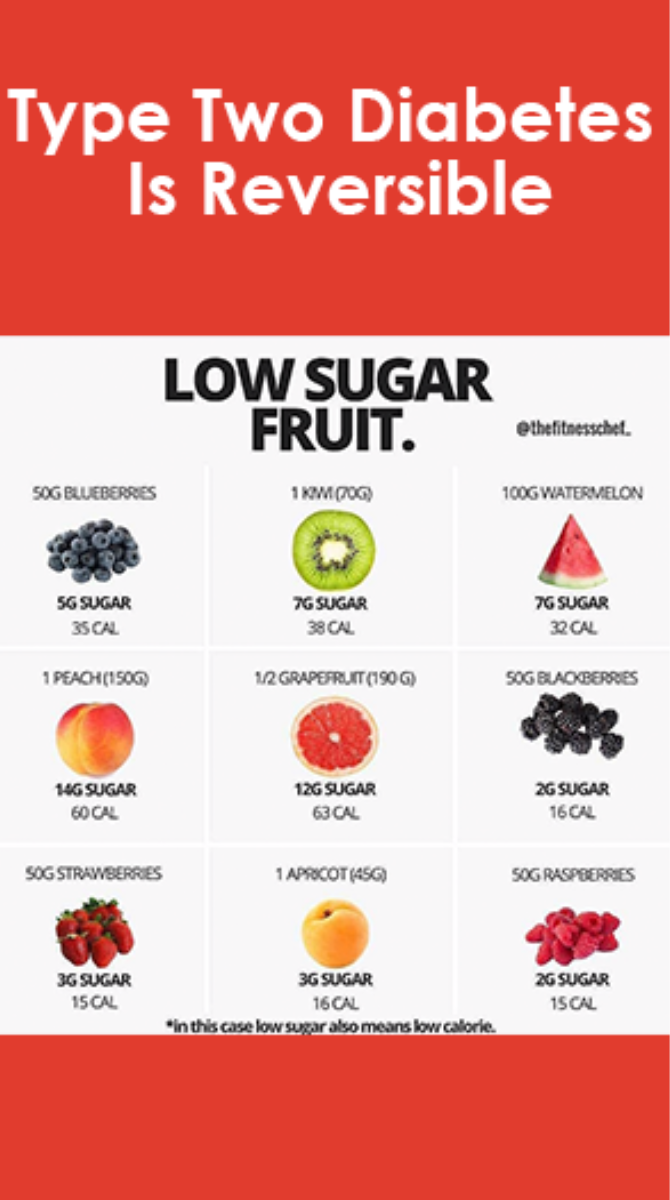Due to its molasses content, brown sugar contains certain minerals, most notably calcium, potassium, iron and magnesium (white sugar contains none of these). Brown sugar contains slightly more minerals than white sugar, but it doesn't provide any health benefits. Molasses and brown sugar contain more essential nutrients than white sugar, so choosing brown sugar over white sugar is technically healthier. For example, a tablespoon of molasses is a good source of potassium in the diet and provides small amounts of calcium, magnesium and vitamin B.
However, the amount of these essential nutrients you'll get from brown sugar is very small and won't do much to meet your daily nutrient needs. In addition, like white sugar, molasses and brown sugar are added sugars that should be limited in the diet as much as possible to avoid unwanted weight gain and increased risk of chronic diseases. Brown sugars tend to clump together because they contain more moisture than white sugar. This makes it useful in recipes that require a moist, chewy texture.
The AHA recommends that most women limit added sugars to 100 calories or less per day and that men consume no more than 150 calories of added sugar per day. People produce brown sugar by mixing white sugar with molasses, giving it a different flavor and a different nutritional composition. Brown sugar contains more calcium than white sugar, with 83 milligrams (mg) per 100 g compared to 1 mg per 100 g of white sugar. Swapping white sugar for brown sugar in recipes will affect the color of the food, giving it a light brown or caramel shade.
A teaspoon (4 grams) of brown sugar provides 15 calories, while the same amount of white sugar has 16.3 calories (2,. While brown sugar can help you sweeten healthy foods you wouldn't otherwise enjoy, keep in mind that a healthy serving of brown sugar is quite small. Brown sugars may be better than white sugar for baking recipes that require a richer flavor or a more moist, chewy texture. While they're produced differently, resulting in different flavors, colors, and culinary uses, brown sugar is often simply white sugar processed with molasses.
A teaspoon of packaged brown sugar provides 17 calories and 1 teaspoon of white sugar contains 16 calories, notes the U. The Sugar Association provides information on what types of white and brown sugars are best suited for certain foods and recipes. On the other hand, brown sugar is less processed to retain its molasses content or is produced by mixing white sugar with molasses. In addition, sugar is a food low in beneficial nutrients, so people should limit their sugar consumption to occasional treats.
So, if you're looking for ways to reduce calories, choosing brown sugar instead of white sugar won't be beneficial.







